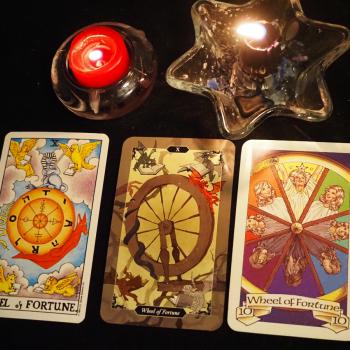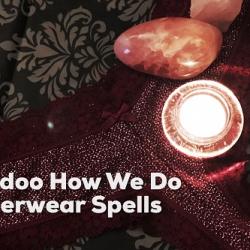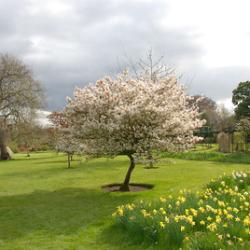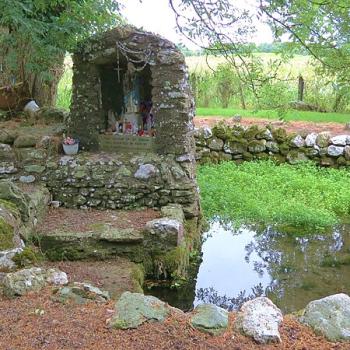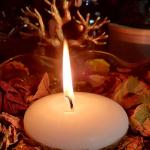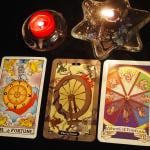Here, near the threshold of February, a dear friend asks, “Would you be willing to tell me about Imbolc? I don’t know a thing about it.” She had recently received a candle from Kildare from a friend, and so she knew that February first and second have something to do with Bridget of Kildare. And she knew Imbolc is a Pagan holiday I celebrate.
“Would you be willing…?”
I’m only too willing!
Is February the cruelest month?
I’m willing not least because Imbolc may be my favorite cross-quarter holiday on the Wheel of the Year. Despite its coming in a month of which few are enamored, Imbolc and its goddess, Brigid, are beautiful expressions of life and the arts that bring it—life—into being and give it meaning. Furthermore, Imbolc, a moment which goes by many names (including Groundhog Day!), is a beautiful combination of celebrations in both Pagan and Christian traditions. It is a day that could be well celebrated among UU’s, yet is nearly universally ignored.
It is the opening of February—sacred to Brigid, the goddess of smithcraft, midwifery/healing, and bardic poetry…Brigid, the goddess of fire-and-water and the sacred flame and well at Kildare…
It is the opening of February—sacred to Saint Bridget, patroness of Ireland, mythic midwife to Mary the Mother of Jesus…Saint Bridget, who was said to consecrate bishops who were goldsmiths…Saint Bridget, the Abbess of Kildare…St. Bridget, whose well and flame are tended to this day by Roman Catholic religious sisters…
It is the opening of February—sacred to Mary as new mother, Jesus in the Temple as a boy, and also the feast of Candlemas.
At Candlemas the liturgical candles for the year are blessed with holy water. In this Christian tradition, fire and water are the symbols of baptism, that most significant initiation of any believer. They are also symbols of St. Bridget. Fire and water—the union of opposites from which all life comes.





